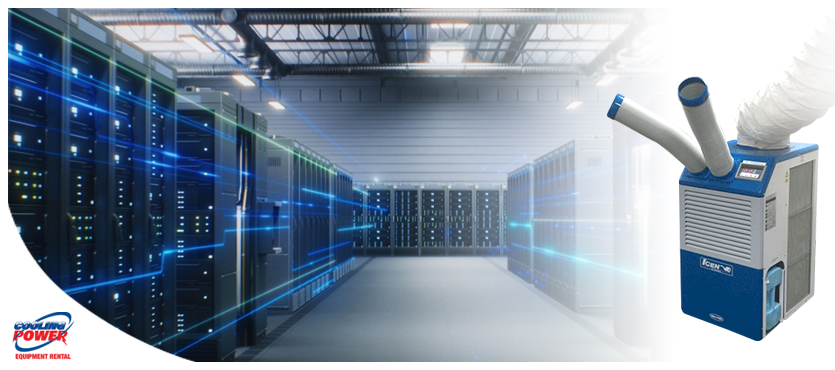Maintaining precise environmental conditions is essential for data center reliability. As the digital infrastructure of businesses, cloud platforms, and financial systems relies on uninterrupted uptime, so too must the supporting systems—especially climate control. Redundant cooling solutions are not just an added layer of protection; they’re a critical part of any facility’s operational plan. Without backup systems in place, even a minor cooling interruption can snowball into major disruptions that harm productivity and damage sensitive infrastructure.
Why Redundant Cooling Is Critical
Data centers generate enormous amounts of heat due to continuous equipment operation. If cooling systems fail—even briefly—the consequences can include thermal throttling, hardware damage, and costly service interruptions. Redundant cooling ensures that if the primary system goes down, a backup system immediately takes over to maintain optimal temperature and humidity levels.
This setup provides peace of mind for facility managers, who understand that a single point of failure could trigger a cascade of problems. Redundant cooling allows for maintenance or repair of HVAC units without impacting operations, thus supporting business continuity and compliance with industry standards like Uptime Institute’s Tier classifications. It also supports long-term reliability by extending the life span of servers and hardware through consistent thermal regulation.
Common Redundancy Strategies
Many data centers use N+1 or 2N redundancy models. N+1 refers to having one extra unit for every N required, while 2N means a full duplicate of the primary cooling system. These strategies are selected based on risk tolerance, system criticality, and operational budget.
In high-tier data centers, air-cooled or water-cooled chillers, precision air conditioning units, and air handling units often operate in staggered patterns so that backups can be rotated or tested regularly. Temporary cooling systems, like portable air conditioners or mobile chillers, can also be deployed during upgrades, emergencies, or periods of excessive heat. These systems are a cost-effective way to avoid overbuilding permanent infrastructure while still maintaining uptime.
Role of Temporary Cooling Rentals
Temporary rentals offer flexible, on-demand solutions to support permanent systems during high-load conditions or maintenance. Whether scheduled or emergency, these rentals ensure seamless coverage without the need for permanent infrastructure investment. For growing data centers or those undergoing facility expansions, rentals also allow testing of real-world cooling needs before committing to a full system overhaul.
Additionally, mobile air handlers and portable spot coolers can be used to direct cooling toward specific hot zones, such as dense server racks or areas affected by airflow disruptions. This type of supplemental cooling is especially valuable when dealing with legacy buildings that lack scalable HVAC capacity.
Compliance and Energy Efficiency
Redundant systems also help meet industry regulations, including ASHRAE guidelines and ISO standards for temperature and humidity control. These systems support both equipment longevity and worker safety, especially in larger colocation centers.
Furthermore, modern temporary cooling equipment is built with energy efficiency in mind. Smart temperature controls, variable-speed fans, and eco-friendly refrigerants help data centers meet sustainability goals while staying operational under any condition. Partnering with a provider that offers efficient, up-to-date equipment can make a noticeable difference in energy consumption.
Planning for Long-Term Success
Every data center should have a climate control strategy that includes contingency planning. This includes identifying mission-critical zones, evaluating airflow patterns, and partnering with a reliable rental provider who can deliver solutions quickly. Regular testing and scheduled maintenance are also essential to ensure redundancy systems are fully functional when needed.
Temporary cooling systems offer the flexibility to test, scale, and safeguard your operations while long-term infrastructure is maintained or improved. Their role becomes especially important during seasonal surges, equipment failures, or infrastructure upgrades. With a clear and well-documented plan, businesses can avoid costly downtime and extend the lifespan of their critical infrastructure.
Keep Your Facility Protected with Cooling Power Corp
Cooling Power Corp provides temporary climate control systems specifically tailored to data centers and mission-critical environments. From portable air conditioners to high-capacity chillers, their rentals ensure consistent uptime and equipment safety—even in the most demanding conditions.
To learn more about how Cooling Power Corp can help your data center maintain redundant cooling and ensure operational continuity, get in touch today.

